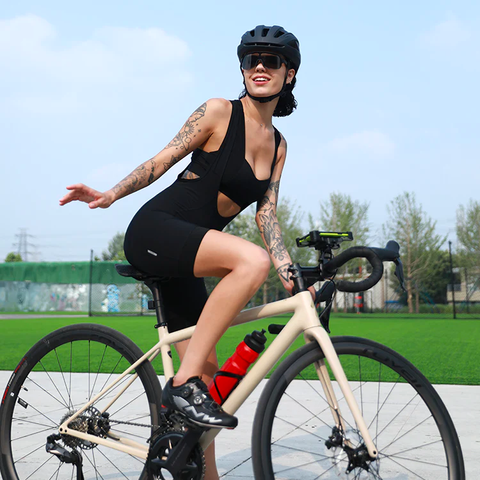
Cycling is a cheap and convenient type of transport with very low environmental impact, and is an enjoyable physical activity for all ages. Cycling can improve your physical and mental health.

Pedalling is a low-impact activity that improves muscle tone without stressing your knee and ankle joints. Cycling is particularly good for cardiovascular fitness, which means reduced risk of heart attack and stroke. Nevertheless, injuries can occur, both as a direct result of cycling and in accidents.
Only seven per cent of transport-related cycling injuries involve collisions with other vehicles. You are much more likely to hurt yourself by falling off your bike or hitting a stationary object.
Between 1996 and 2005, 60 per cent of hospital admissions and half of emergency department presentations for bicycling injury in Victoria were children aged five to 14 years.
Cycling courteously and following the road rules improves your safety and that of others. Especially remember:
- Don’t ride on the wrong side of the road or coast through red lights.
- Flag your intention to turn by hand signalling.
- When turning right, perform a hook turn from the left side of the road.
- Ride in a predictable way, about one metre out from parked cars.
- Ride in single file in heavy traffic (even though cyclists are permitted to ride two abreast).
- When riding on shared paths or rail trails where people are walking, use your bell to alert them.
- When riding two-abreast, make sure both riders are no more than 1.5 metres apart.
- Do not ride two abreast on multi-lane roads.
- If practical, you must always use a bike line if one is available in the direction you are travelling.
- You cannot ride on urban freeways. Some rural freeways do allow bicycle riding. However, always look for and obey signage.
Suggestions include:
- Wear brightly coloured clothing. It is harder for motorists to see you if you are dressed in dark or dull colours.
- Have lights fitted to your bike, front and back, for riding in all conditions. The law in Victoria requires a steady or flashing white light on the front, steady or flashing red light on the back and red reflector on the back. The lights must be visible from 200 metres and the reflector from 50 metres.
- Reflective garments, including reflectors fitted to the back of your shoes, will increase your visibility at night.
Reduce your risk of accidental injury while cycling by:
- assuming that car drivers have not seen you. Make eye contact with car drivers when negotiating turns or intersections
- braking smoothly. Hard braking is a common cause of cycling injuries, as it can cause the brakes to lock and the rider to fall over the handlebars. Children need careful instruction on how to brake safely. Use your back brakes in combination with your front brakes to minimise your weight going forward over the handlebars.
- not wearing headphones while cycling. You need to hear what’s going on around you
- having your bicycle professionally serviced at least once every year
- regularly checking your bike (once a week if you’re a frequent rider) to make sure it is in good repair. Check the tyres, bearings, gears, nuts and bolts, and lubricate the chain and cables. If you’re not sure how to do this, consult your local bike shop.



































